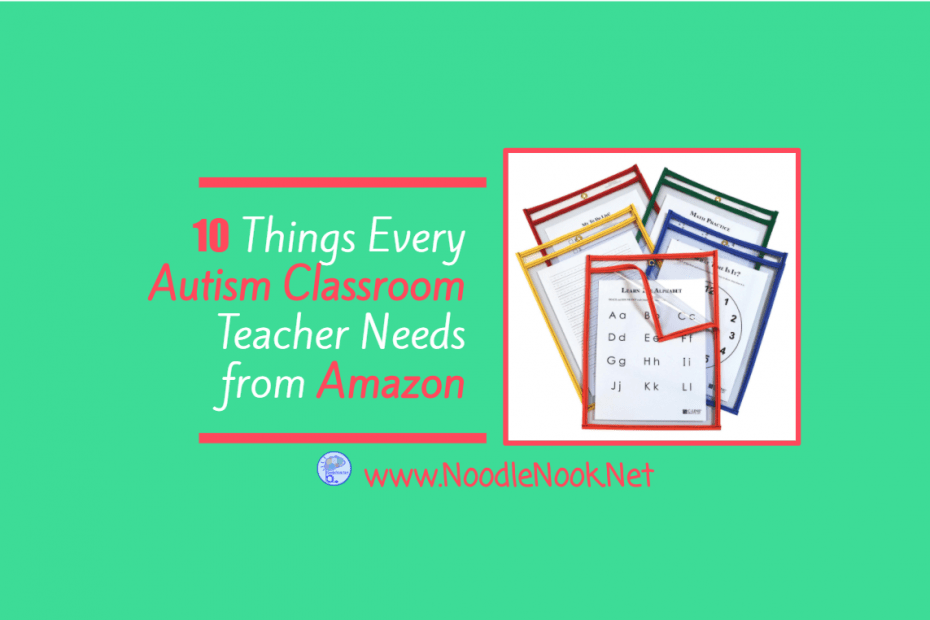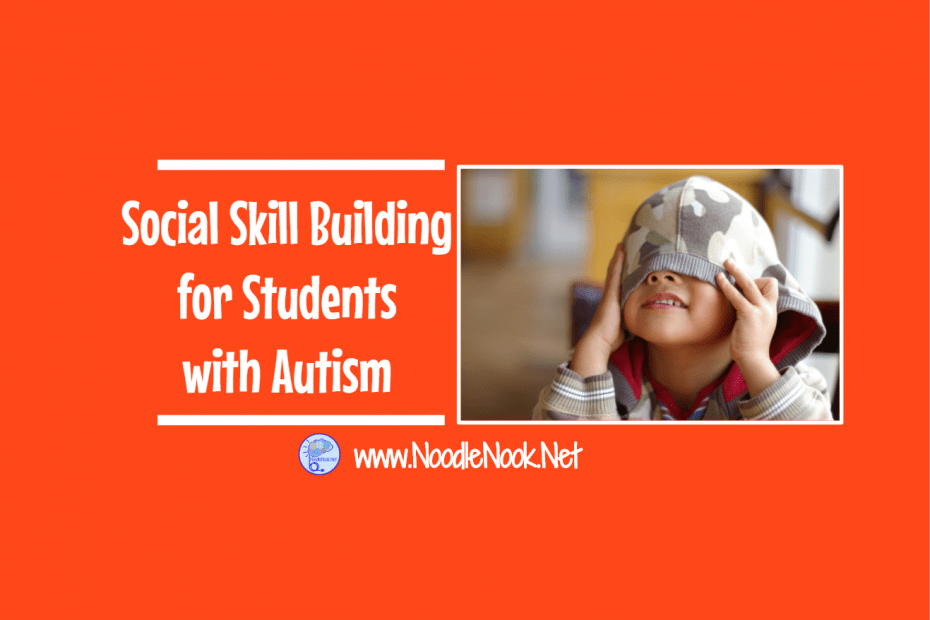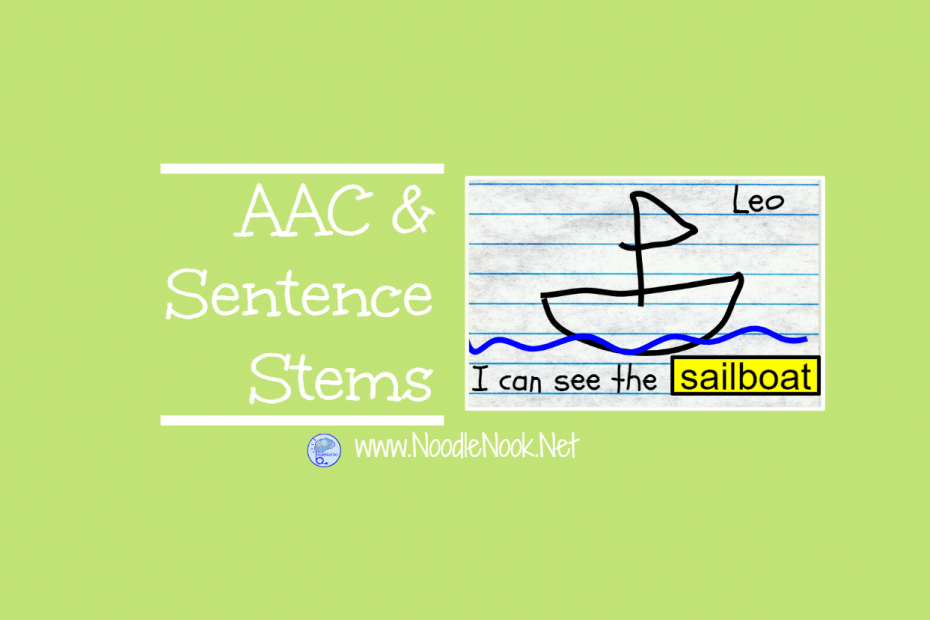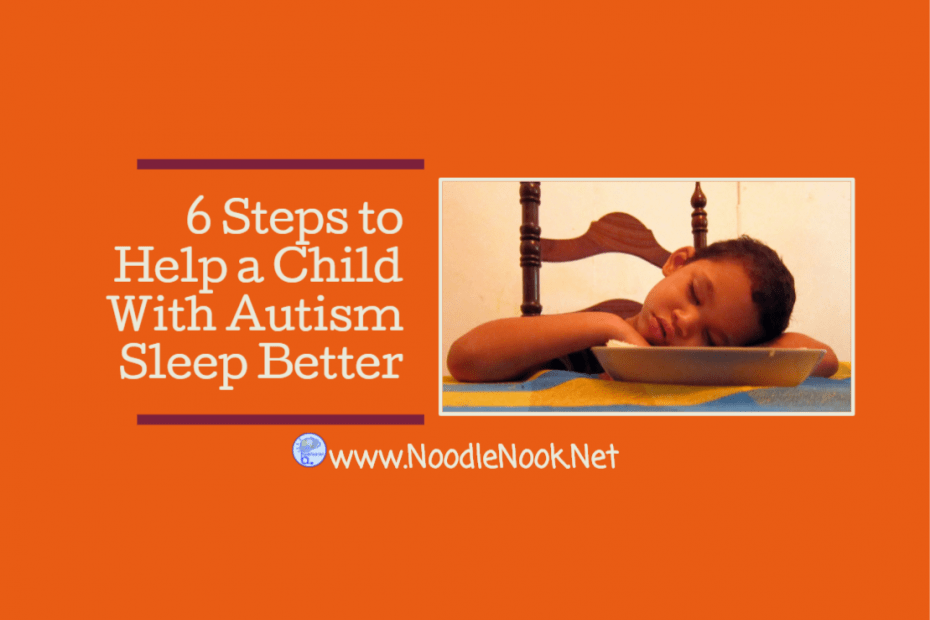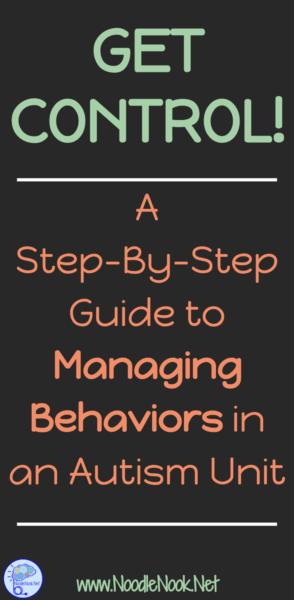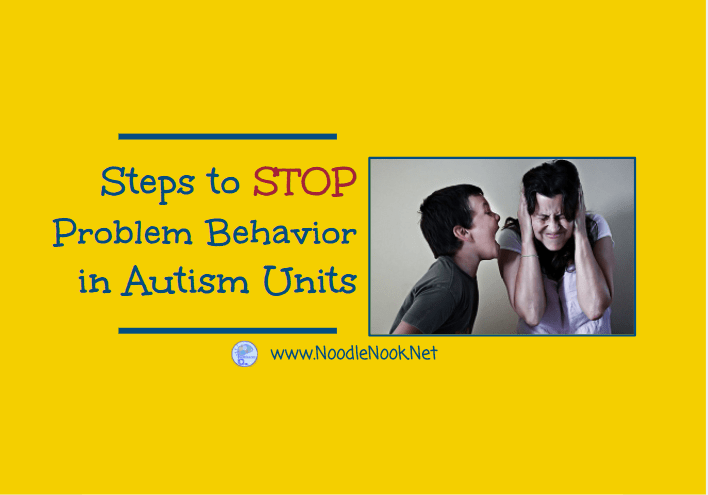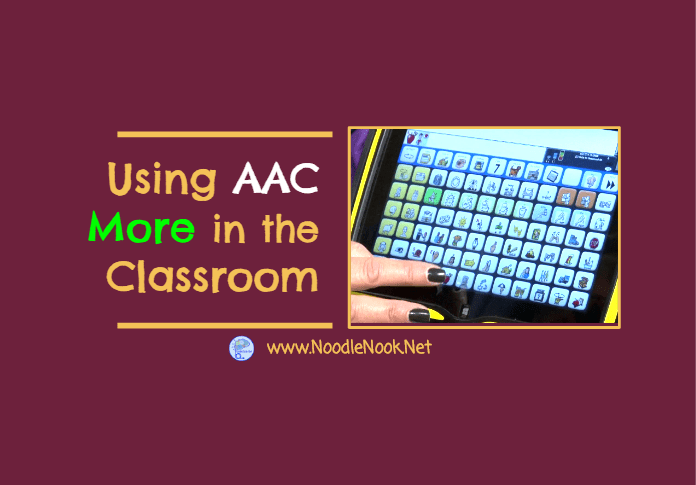Autism Classroom Setup
Autism Classroom Setup: 10 Things Every Autism Classroom Teacher Needs from Amazon
The other day I was walking in Wal-Mart and I was so sad to see back to school stuff! Fourth of July picnic and party supplies are not even on final clearance yet… why are they reminding me that school will be back in session before I can even toast my buns on the grill and down my summer adult beverage.
The one thing that does satisfy my summer relaxation and obsession with school perfection is shopping for school supplies. I have even taken to letting my kids order their school stuff on Amazon as opposed to schlep the whole crew to the store and fight the impulse buys and the marker boxes that are not exactly what was on the back to school list. They like it and with my Amazon Prime subscription, it comes to my house shipping-free and hassle-free.
This year is the first time I will order my back to school essentials from Amazon as well. With all the browsing and price comparison, I thought I’d share my order top 10 so you can see what I think are essentials for every teacher in Autism Units or Self-Contained settings.

